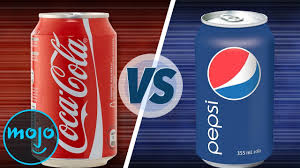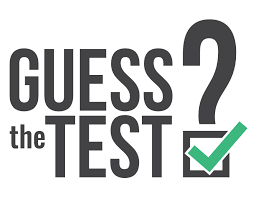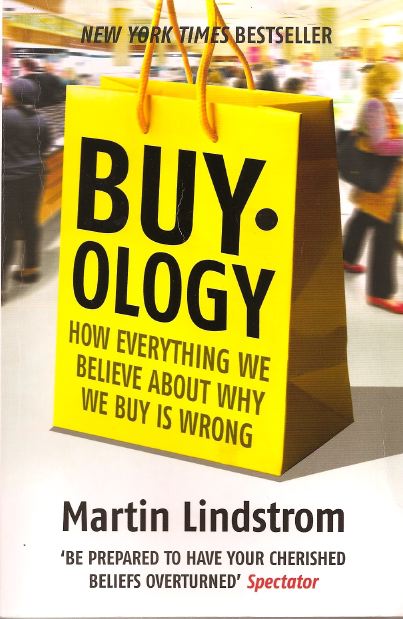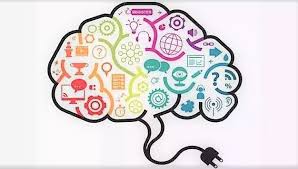BUY.OLOGY
Featured
BUY.OLOGY
Reviewed by Dr. Suvrashis Sarkar, Life Member
Non-Fiction
Publisher: Random House Business Books (2009 Edition)
Price: INR 550.
As I started reading this book, I was intrigued to find that the book is not like any usual consumer behaviour or buying behaviour book for the marketing professional. This book is actually a literature on the science of neuromarketing. This book is a research based literature made into a book which incidentally was the result of probably the largest neuromarketing study conducted till 2006 which scanned 2000 consumers’ brains spending 7 million US$ over 4 years. The studies were from a fMRI test -functional magnetic resonance image test which is an advanced brain scanning technique, which measures the magnetic properties of haemoglobin in red blood cells that carry oxygen around the body.
In simple understandable words fMRI can measure the amount of oxygenated blood throughout the brain and can pinpoint an area as small as one millimetre. When the brain operates on a specific task, it demands more fuel -mainly oxygen and glucose. Harder the brain works on a particular site, greater will be the oxygenated blood flow on that site. During fMRI, when a portion of the brain is in use, that portion in the image lights up like a red hot flare indicating which part of the brain is functioning that time very clearly. Martin Lindstrom’s experiments using fMRI revealed some extraordinary facts that the big bold warnings mentioned on cigarette packs “smoking kills” or “stopping smoking reduces the risk of fatal heart and lung diseases” or images of mouth and throat cancer displayed on cigarette packs actually excited consumers to try smoking, which were shown by some market research agency’s report as smoking had actually increased by 13% between 2003 and 2006. Product advertisements using sex as the base of consumer engagement communication based on the well-known belief ‘sex sells’ was proven otherwise by Martin Lindstrom as actually the ‘controversy factor’ attached with sex is the main responsible factor for more sales to happen. Consumers were exposed to the advertisement communication, warning messages, etc. and physically made to get scanned through the fMRI technology and the results obtained were most surprising to find that the Nucleus-acumbens (the craving spot or the pleasure zone) in the brain of consumers got activated in the scan process clearly demonstrating that people showed more interest or craving towards that product, defying the warning messages. It was understood that most consumers prefer Pepsi in blind-taste tests, because when people were not aware of what they were drinking, they loved Pepsi. But when they were told about it and while they had their brains scanned in fMRI, the total opposite happened. The preference for the taste changed its mind and people said, hey I don’t like Pepsi anymore; I do prefer Coke.

Human emotion time after time actually overwrites everything in our brains and make us change our mind, and we really believe what we’re thinking. But I also do remember Malcolm Gladwell’s work on the Pepsi v/s Coke experiment that was described in his book ‘Blink: The Power of Thinking Without Thinking’ where he proved the reason with scientific evidence. Malcolm Gladwell proved that in small sample “Sip Tests” people choose Pepsi because it tastes sweeter. However, in real life, we don’t drink from just a sip and stop, but we drink a full can and there is a huge difference between a sip and a full can. Over the course of a can, the sweeter taste of Pepsi sent people’s blood sugar levels into overdrive. That, according to Gladwell, is why Pepsi won in the taste tests but Coke continued to lead the Market.
Buy.ology was written more than a decade back and the description of consumer behavior and buying decision process mentioned in the book actually comes from the scientific laboratory experiments using fMRI technology is a very interesting thing to read, understand and absorb as a marketer. This book explores the psychology behind what drives us to consume. The author has beautifully explained how subconscious forces of our brain actually motivates to choose a particular brand over the other brands. In his own words Martin Lindstrom mentions that in his career as a Marketing consultant and as a Brand Advisor, he got to understand that Neuromarketing -the married outcome of Marketing and Science was the window into the human mind that we have been long waiting for and that Neuromarketing is the key to unlocking the subconscious thoughts, feelings and desires that drive the purchasing decisions we make each and every day of our lives.
Another very important revelation made by Martin Lindstrom was that relation between consumers recognition of cultural and religious symbols has a strong relationship of understanding products and recognizing brands as well due to basic ‘sense of belonging’ underlying in the human mind.
The human association with religious beliefs were also complemented in the likability towards particular brands that consumers believed in. Thus, was proved in Martin’s experiments using fMRI.
I am fascinated by the strong concluding words of his book as Martin says that the fact is that most marketing, advertising and branding strategies are actually guessing games and those ads that happen to meet success, are considered purely luck. Until now marketers and advertisers haven’t really known what drives our behavior, so they have had to rely on luck, coincidence, chance or by repeating the same old tricks all over again.

Earlier the ancient belief was that the earth was flat and there was a risk for the far-flung traveler to fall off the edge of the earth, its time now that we are seeing a total shift in the thought process of marketers thanks to the fMRI experiments described in this book, that companies have started to realize that the world is spherical.
There is a lot to learn about Marketing and Consumer behaviour from the science of Neuro Marketing.

